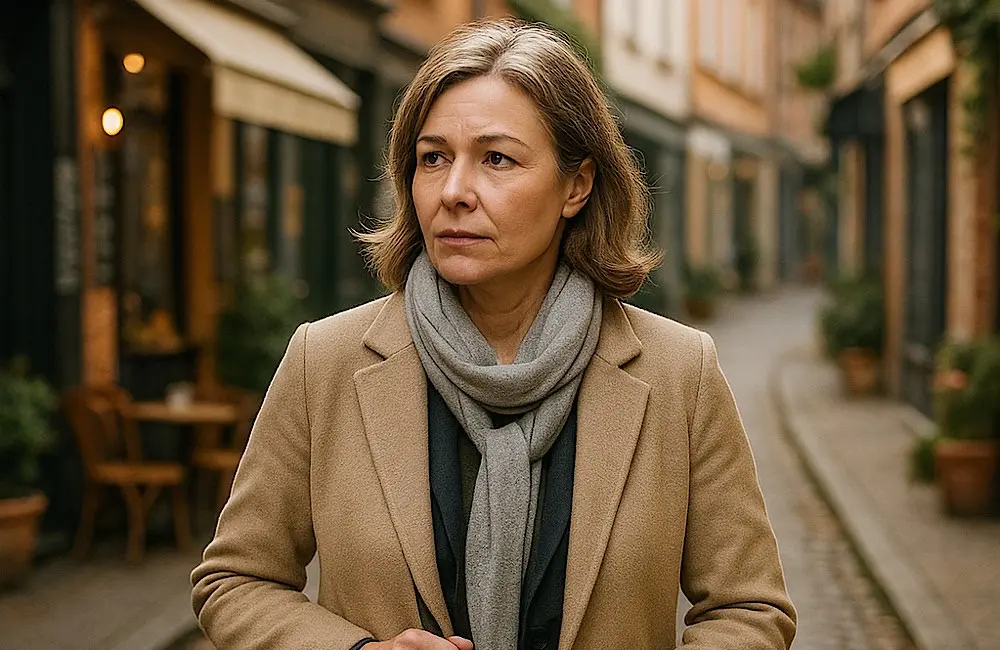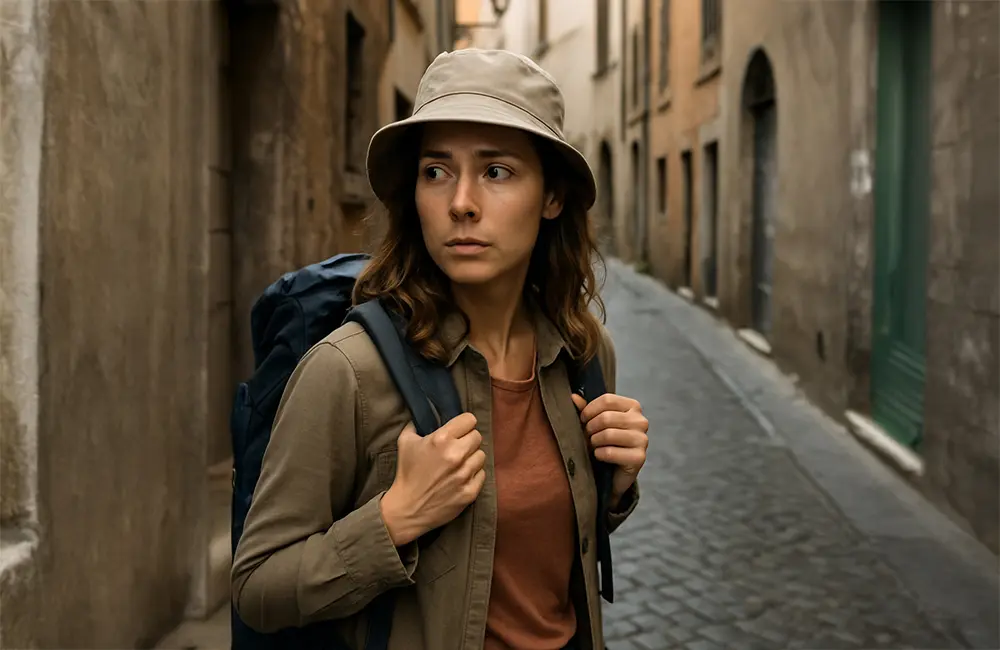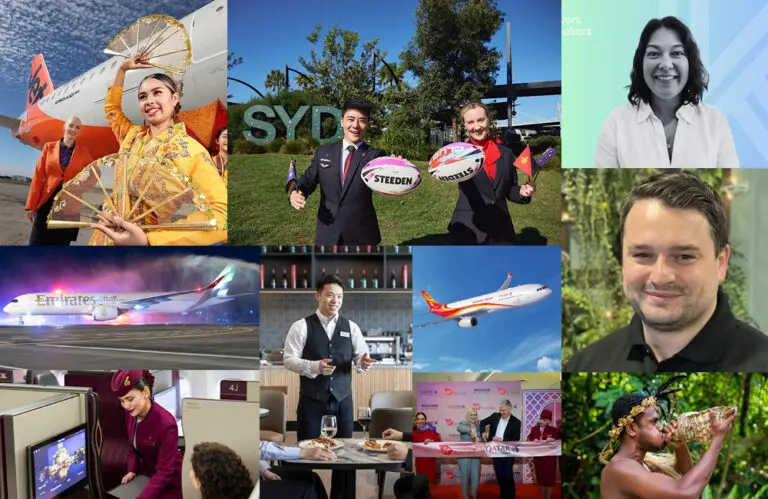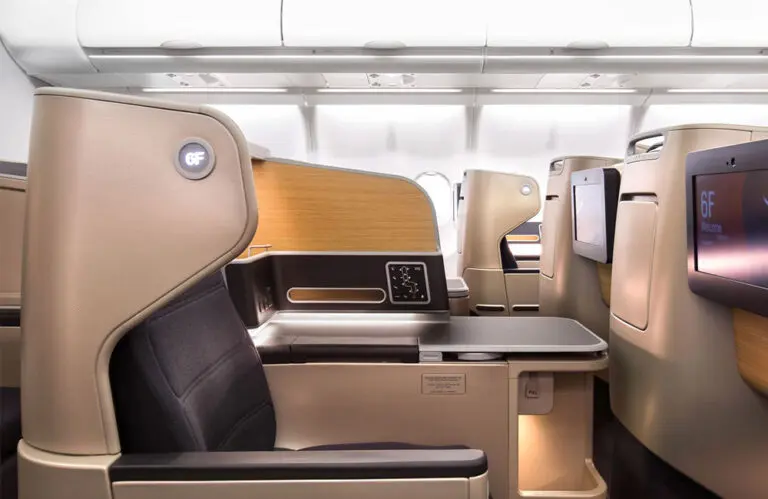Three in four Australian women will pay a ‘safety premium’ when travelling alone, new research reveals.
For a growing number of Australian women, solo travel is about more than independence and discovery; it’s about managing risk. A new national survey commissioned by travel insurance provider Insure&Go reveals that 71 per cent of women either have paid or expect to pay more to feel safe while travelling alone.
The study, which surveyed 1006 Australian women, found that nearly a third (31%) have already travelled overseas solo. That number is expected to climb to 59 per cent by 2027. On the domestic front, 45 per cent of respondents have taken solo trips within Australia, with that figure projected to rise to 76 per cent in the same timeframe.
The price of peace of mind
Insure&Go’s findings suggest that safety is a key factor in travel planning for women, particularly those travelling without a companion. More than half of all respondents (52%) reported choosing higher-cost accommodation in safer locations or opting for private guided tours as part of a broader strategy to stay secure. Another 19 per cent of those who haven’t travelled solo yet said they expect to pay a ‘safety premium’ when they do.
Beyond accommodation, safety concerns also shape transport choices. Many women opt for rideshare services like Uber over walking or using public transport, especially at night or in unfamiliar areas. Some also pay extra for private transfers or plan their movements around daylight hours to reduce exposure to risk.
“We’re seeing a shift in how Aussie women approach travel,” says David Mayo, Insure&Go’s Commercial and Marketing Director.
“With so many heading out solo, women are shaping a new era of tourism focused on independence, personal safety and convenience.”

Younger women drive the solo travel trend
Women under 30 are leading the solo travel movement. By 2027, 70 per cent of women in this age group are expected to have travelled overseas alone, compared with 62 per cent of 30–49-year-olds and 52 per cent of women over 50.
Domestically, the numbers are even higher: 84 per cent of under-30s will have taken a solo trip within Australia by 2027, ahead of 79 per cent of 30–49-year-olds and 71 per cent of over-50s.
Safety concerns were a key consideration across all age groups, but younger women were more likely to actively invest in safety measures. Almost a third (31%) of under-30s said they pay more for safer accommodation and experiences, compared with 23 per cent of those aged 30–49 and 16 per cent of over-50s.
Motivation, risk, and response
When asked why they chose to travel solo, 38 per cent cited freedom, while 28 per cent said it was out of necessity. A further 24 per cent preferred to meet up with friends or family during the trip rather than travel together.
Despite these motivations, safety remains a concern. Forty-six per cent of respondents research destinations to avoid places where they may face harassment or risk, and 17 per cent avoid travelling altogether due to safety fears. Thirty-seven per cent said they aren’t deterred by safety concerns.
The perceived need to spend more in order to travel safely was strongest among younger women, but it cut across all demographics. Half of under-30s, 48 per cent of 30–49-year-olds and 42 per cent of over-50s reported avoiding destinations considered higher risk.
The industry adapts
Tourism operators have been responding to the rise of solo female travel with more targeted offerings. Women-only tours are increasingly common, with several Australian operators dedicated entirely to female travel groups. These businesses cater to growing demand for curated experiences that prioritise both safety and community.
Meanwhile, demand for travel in general remains high. According to the Australian Bureau of Statistics, short-term resident returns increased by 11.2 per cent in the 12 months to November 2024. Domestic holiday growth is also strong, forecast to increase by 3.7 per cent in 2026 and 4.3 per cent in 2027, a trajectory expected to push rates 18 per cent above pre-pandemic levels by 2029.
“Travelling alone in unfamiliar places can be exciting yet daunting,” Mayo says.
“There is often a sense of safety in numbers and knowing someone else is there for support if something goes wrong. But not everyone wants, or has, a travel companion. By taking precautions solo travellers can confidently embark on their adventures with added peace of mind.”
KARRYON UNPACKS: More women are travelling solo, and many are paying extra to feel secure. It’s reshaping how the industry thinks about safety—and how it sells to this growing market.






